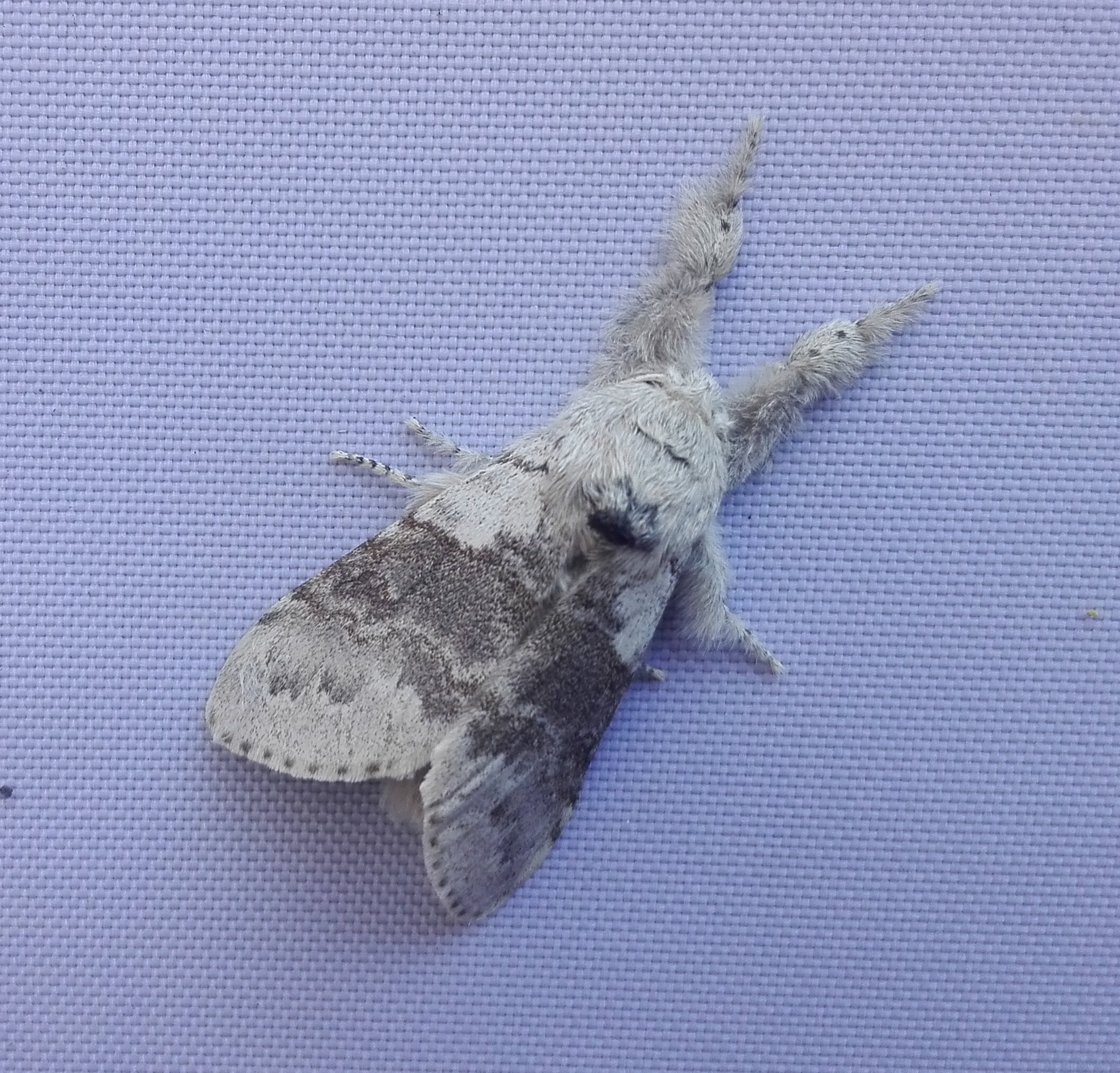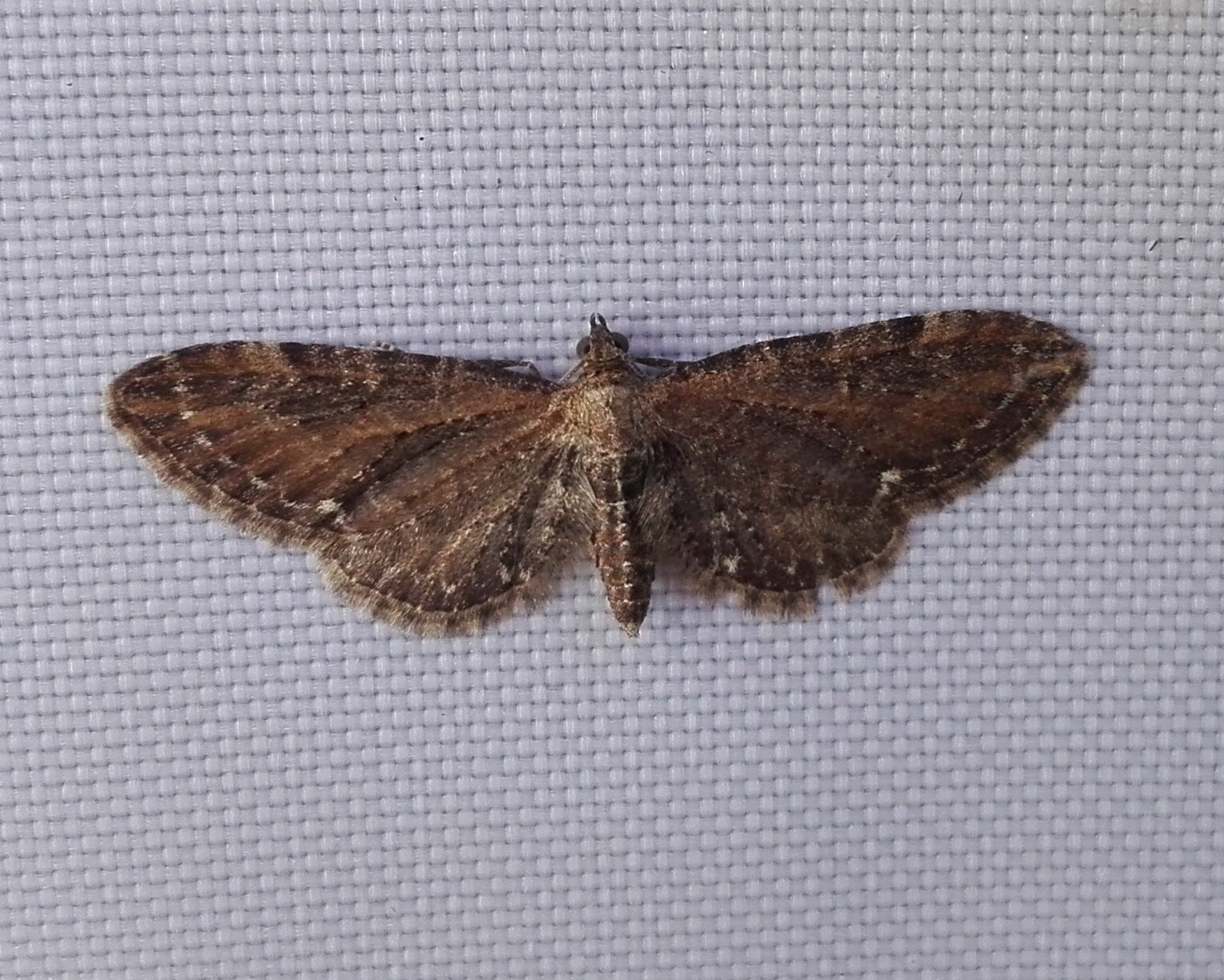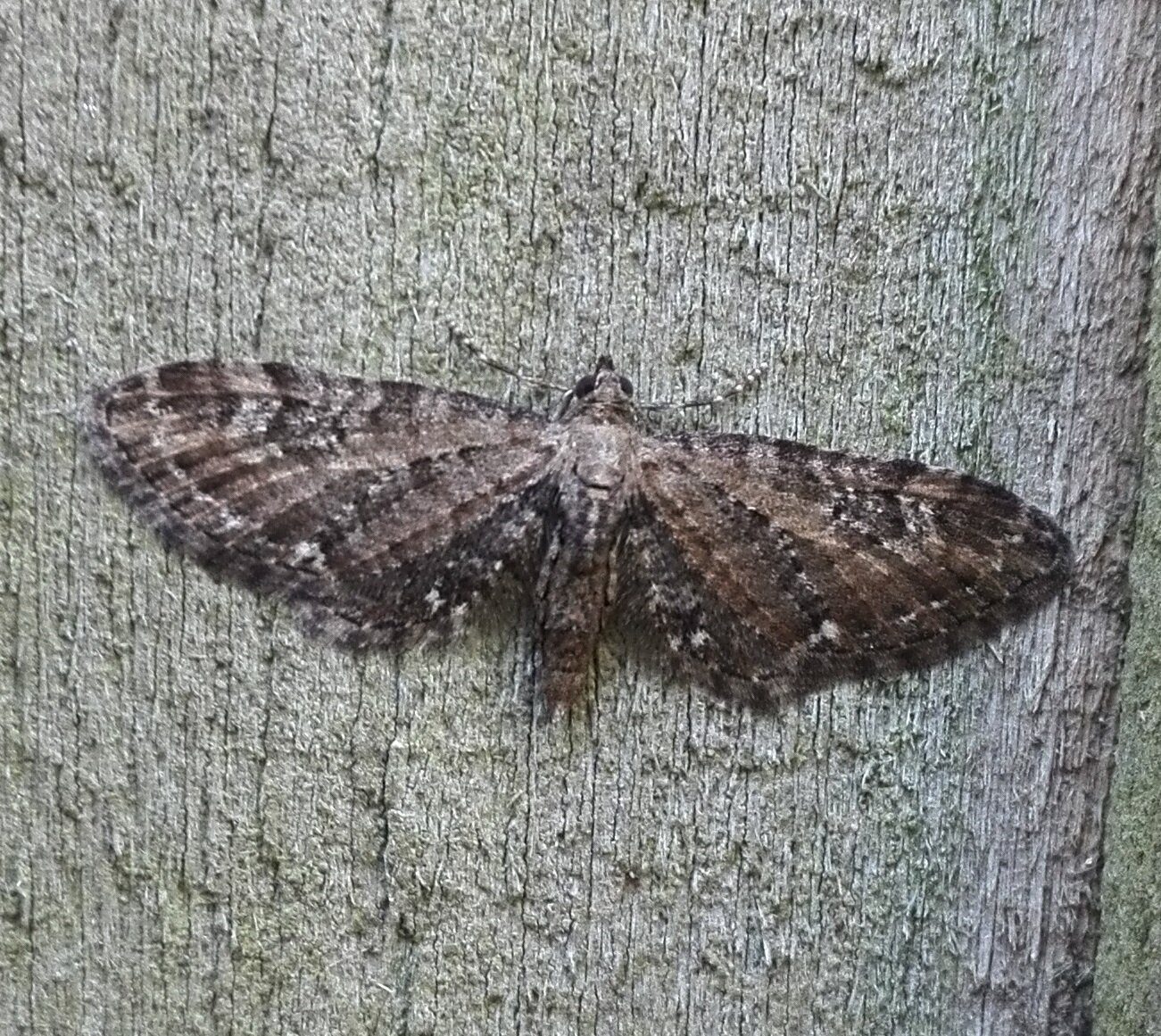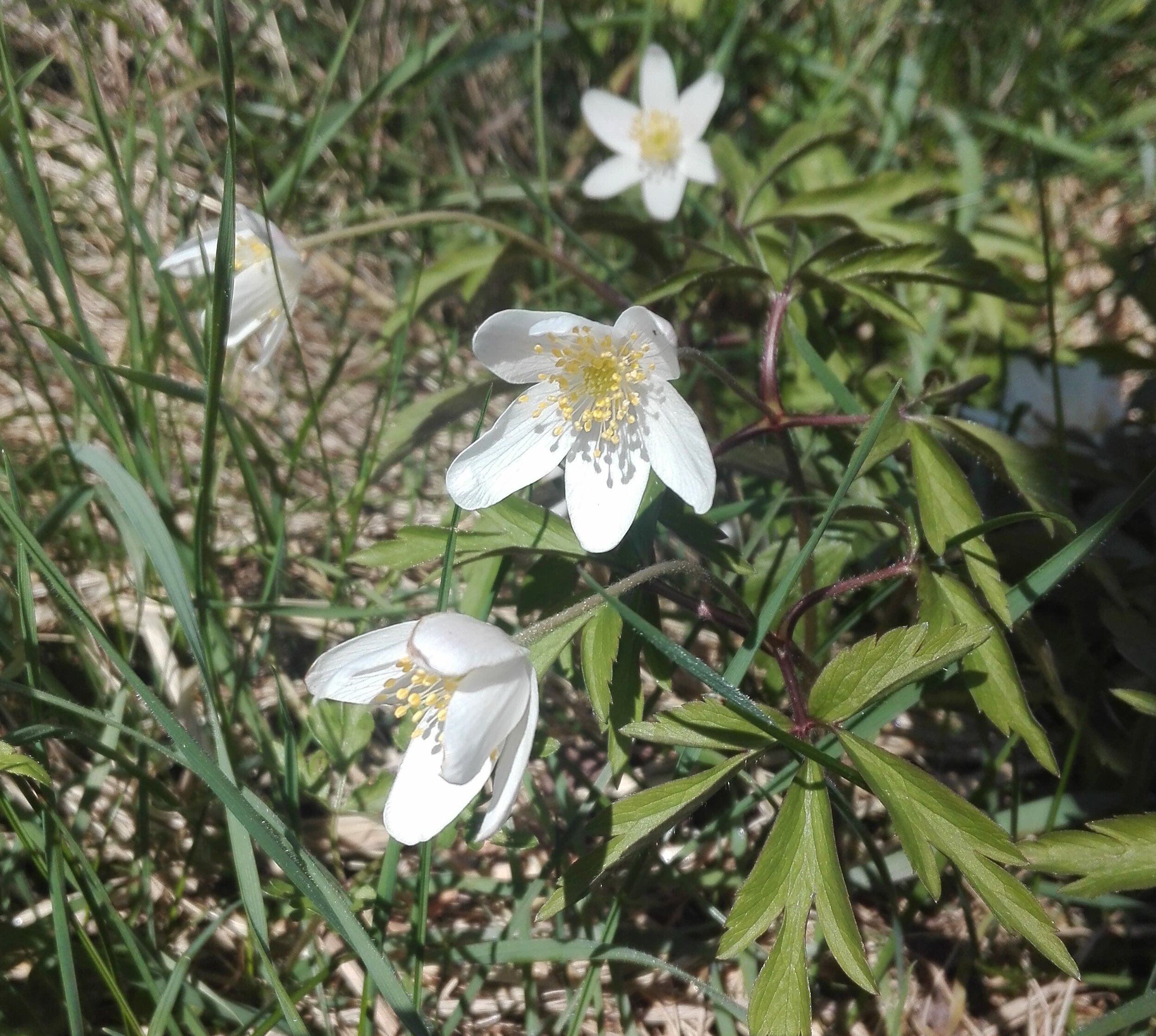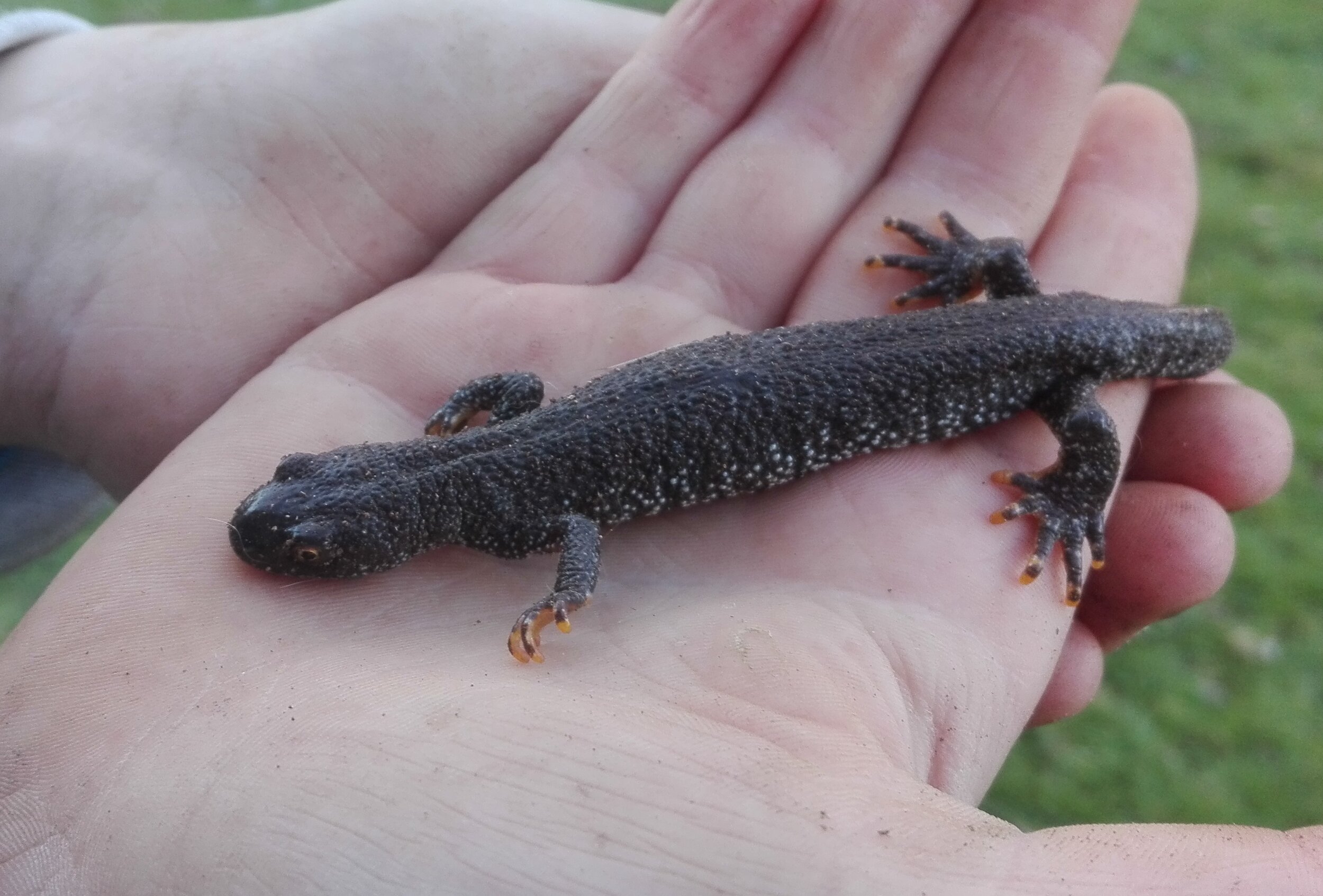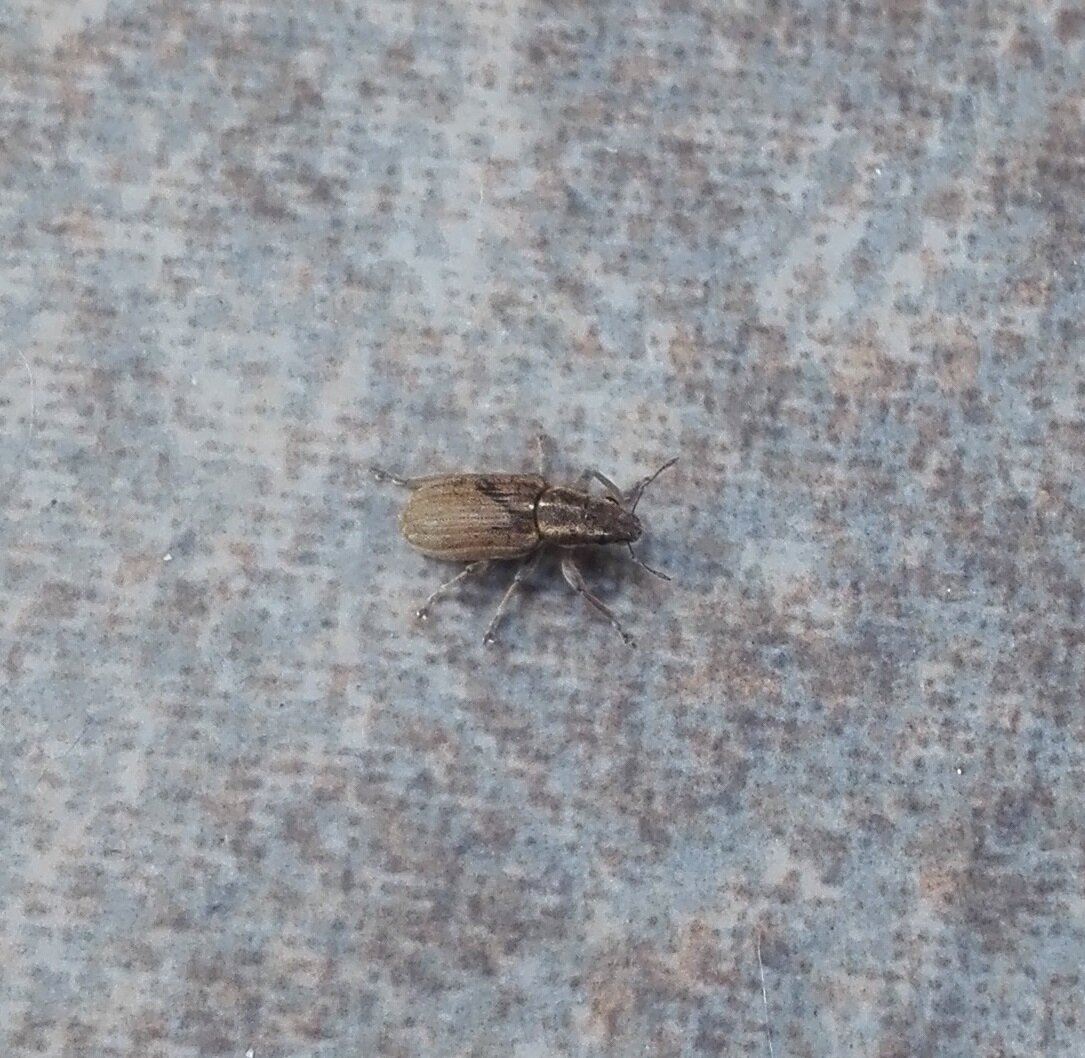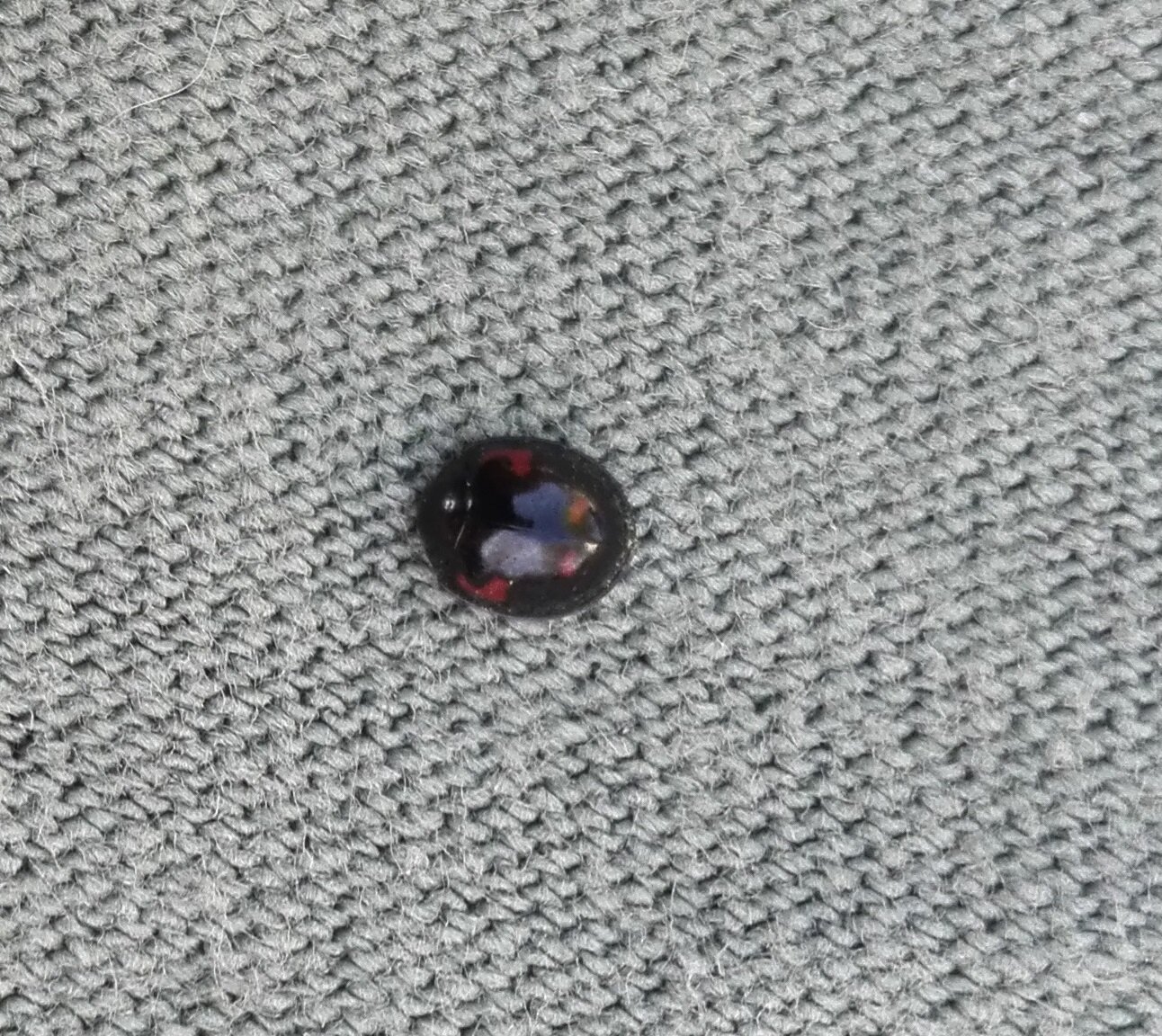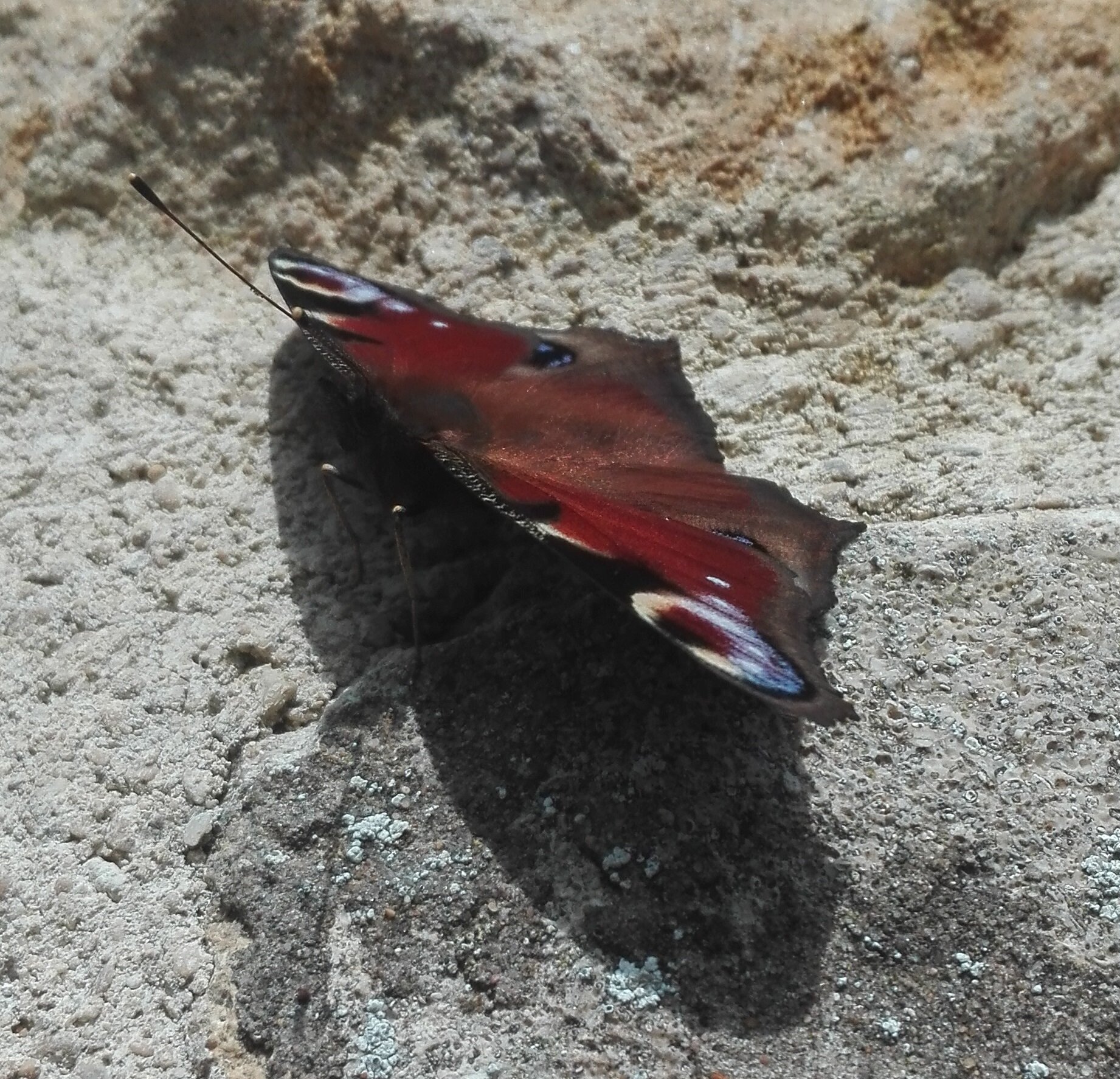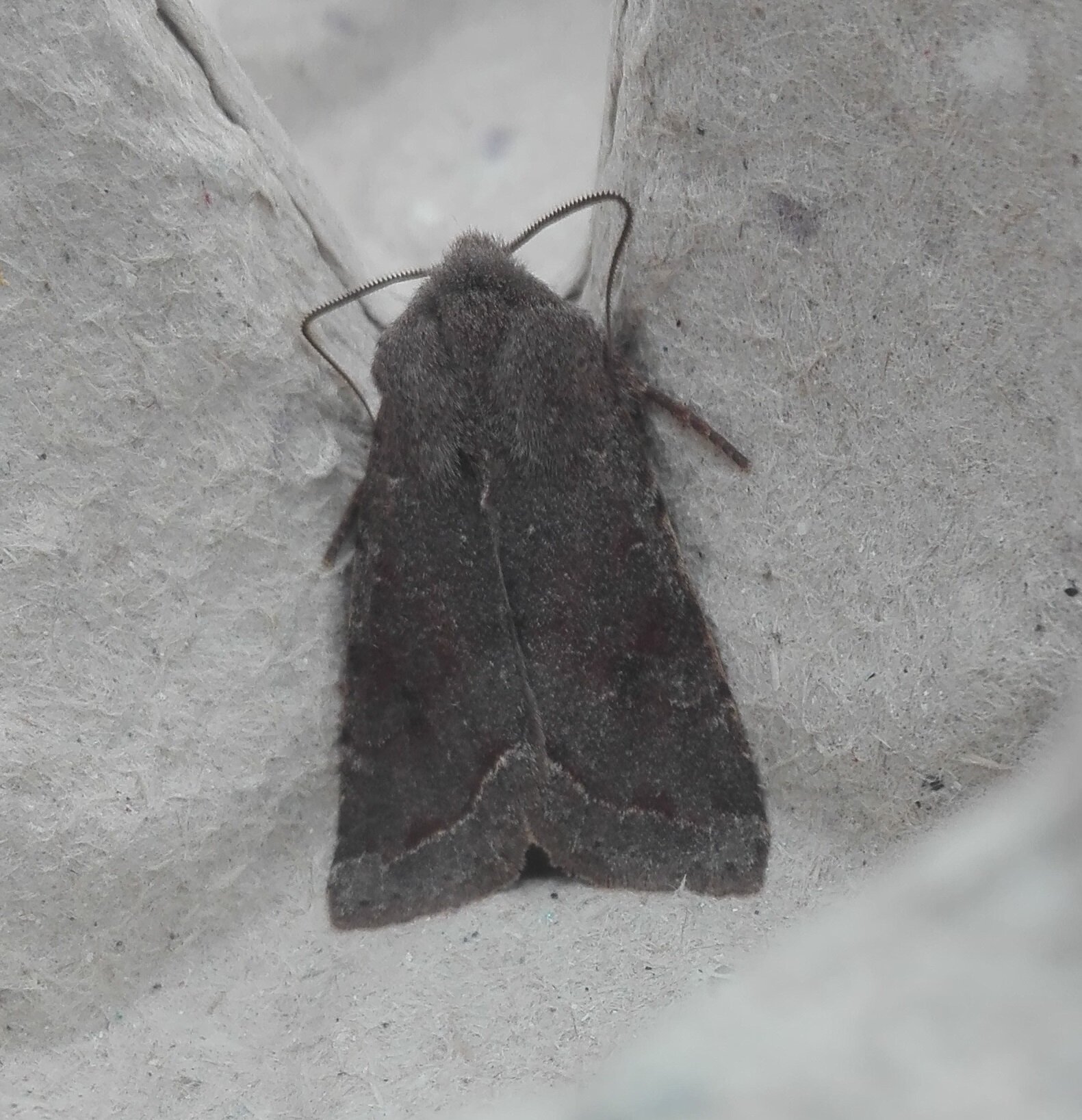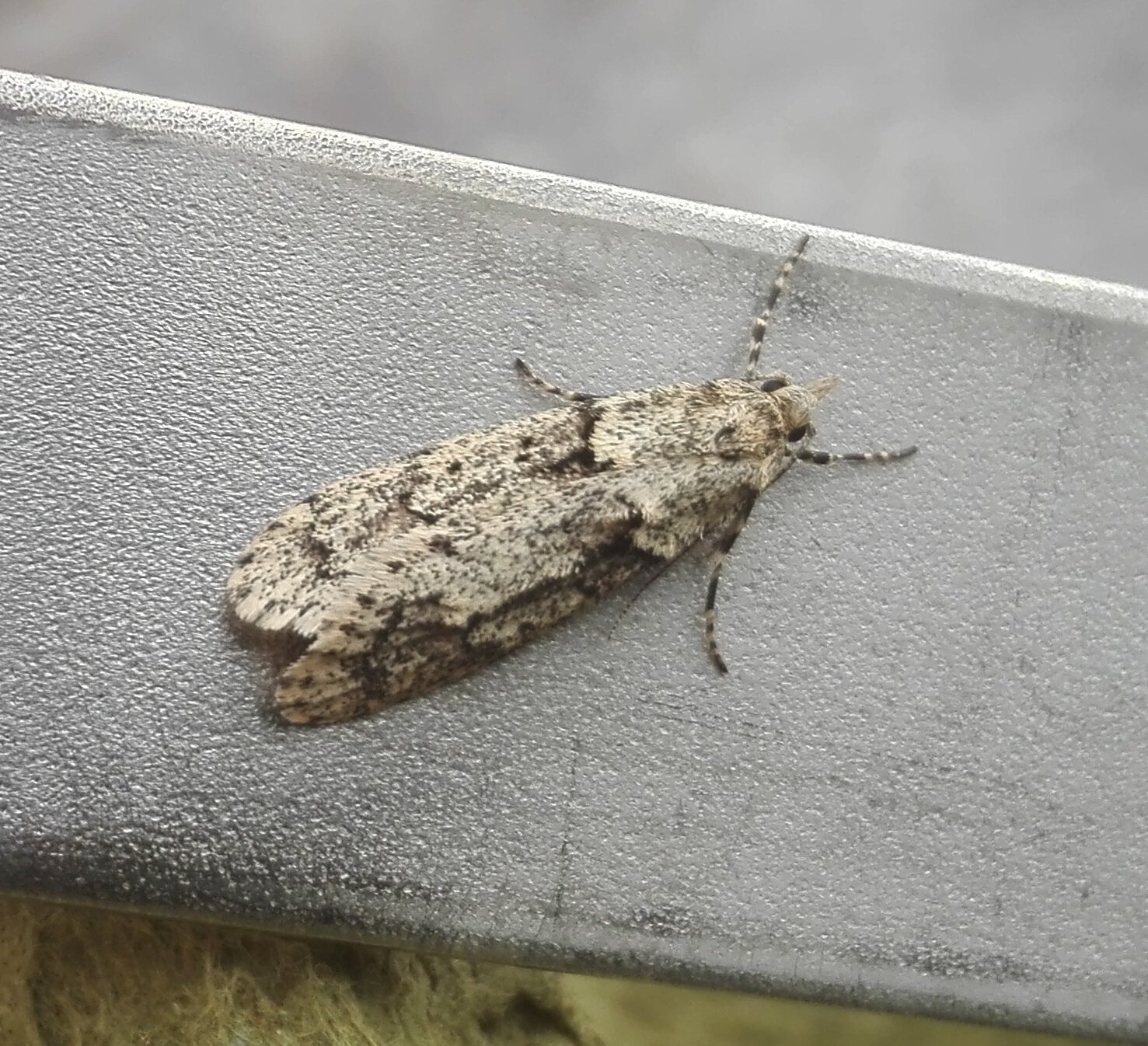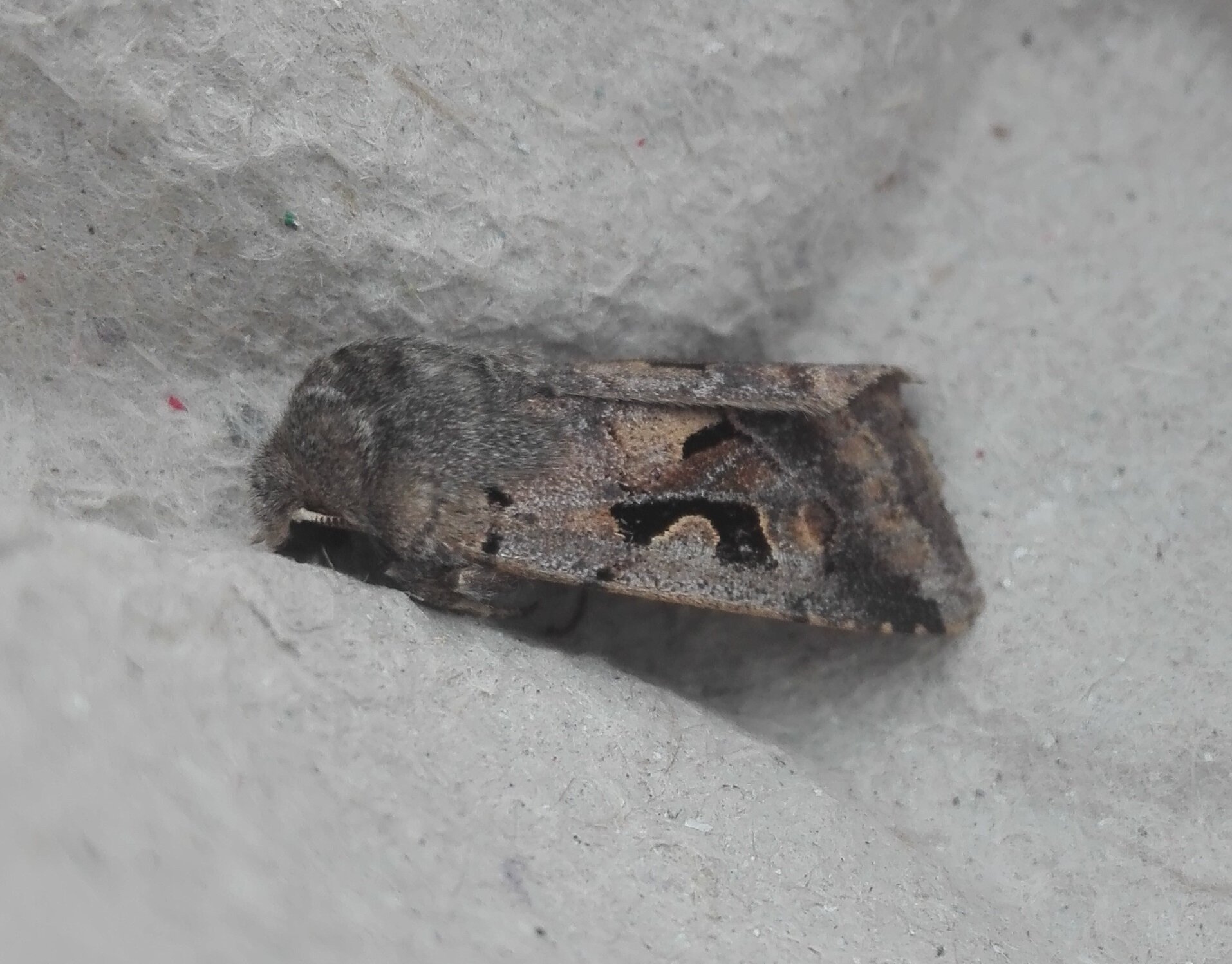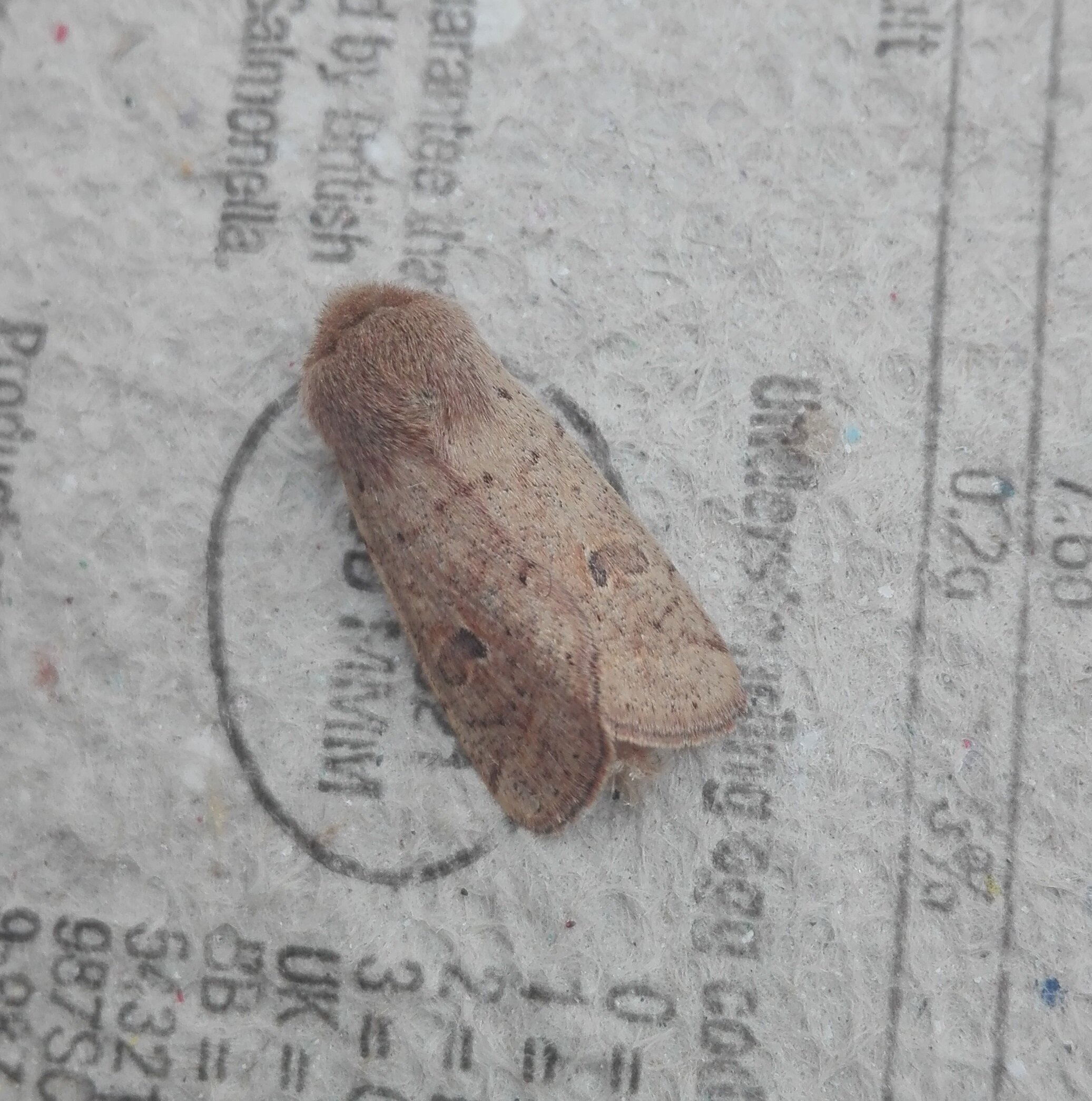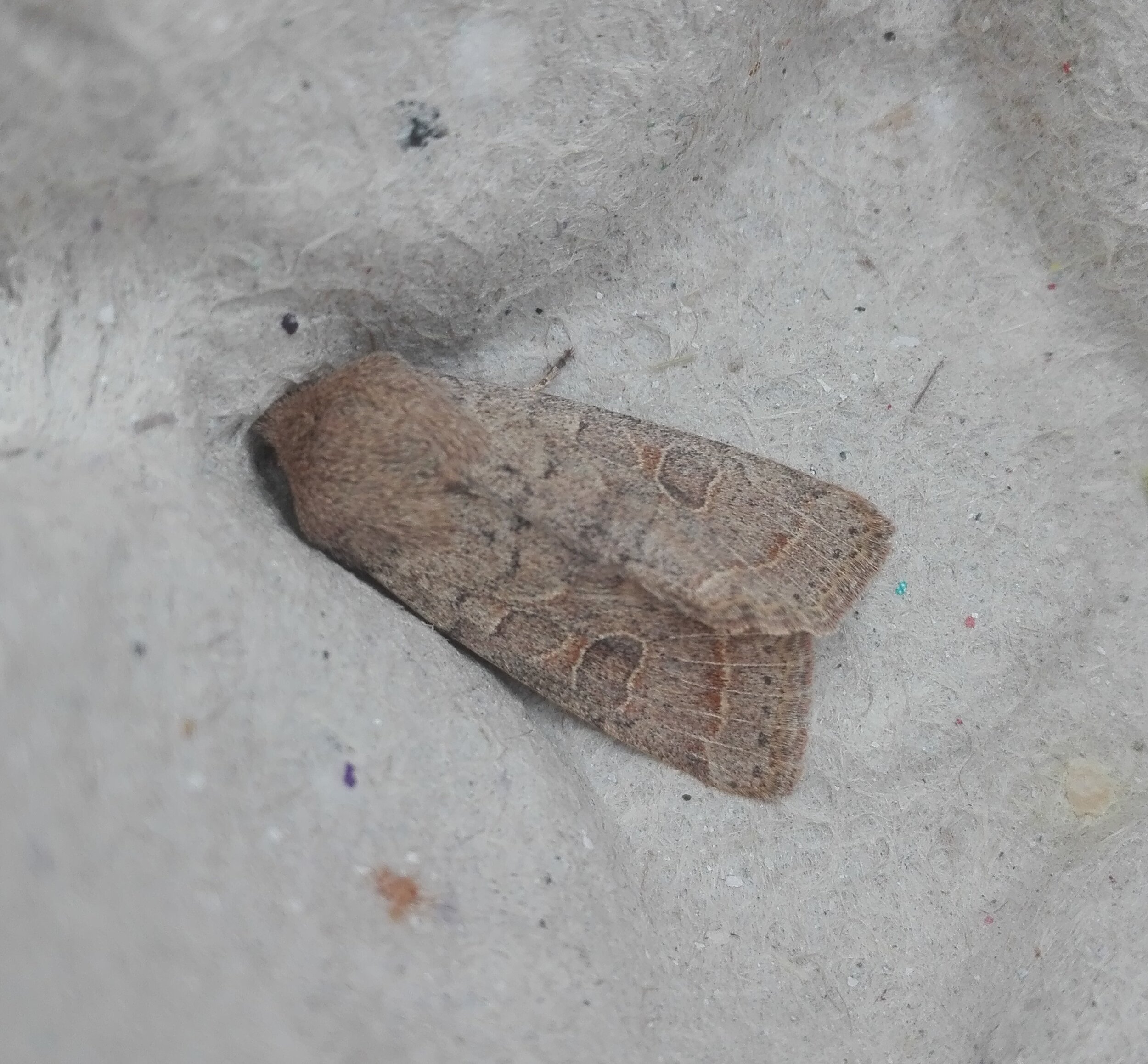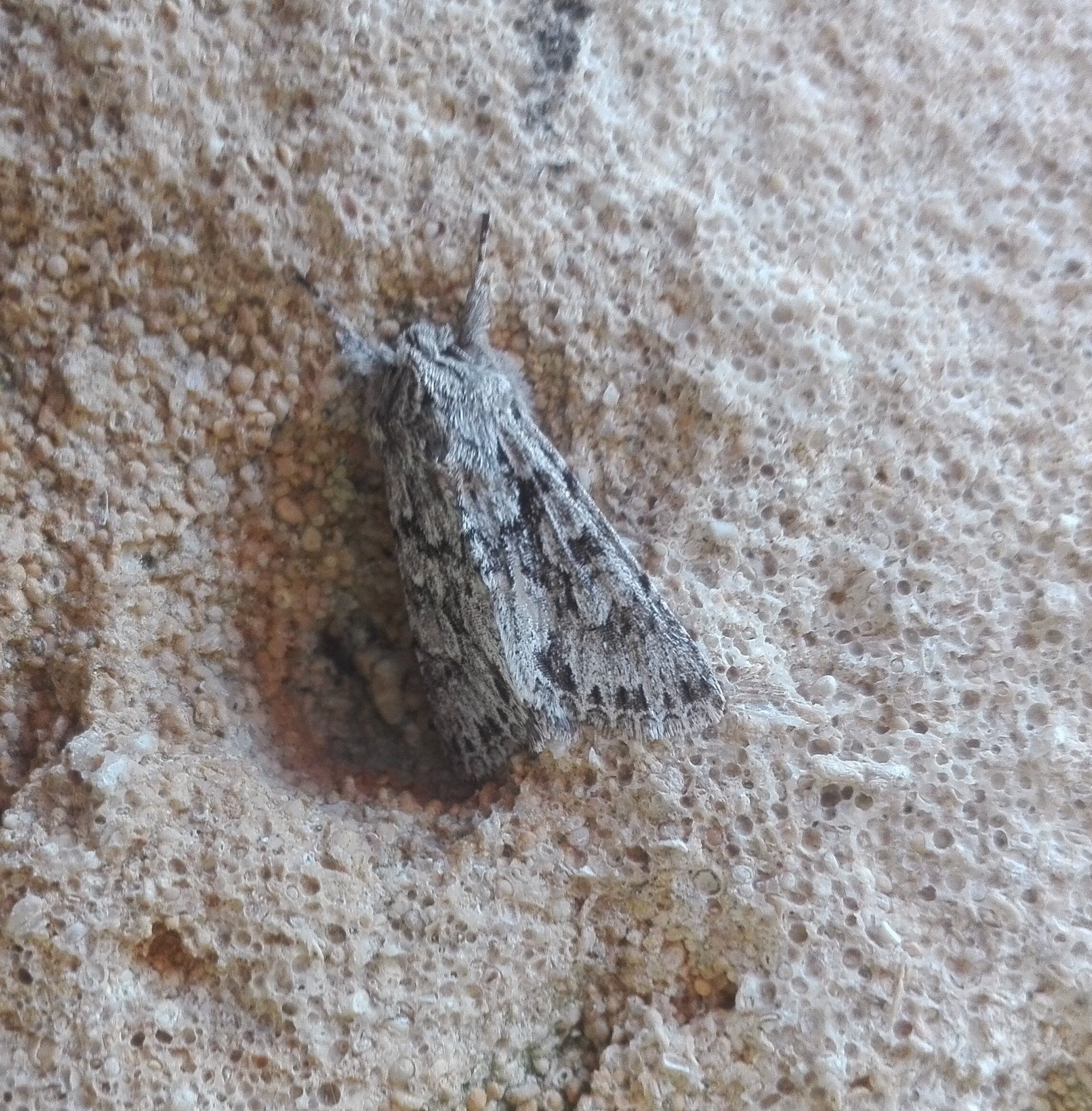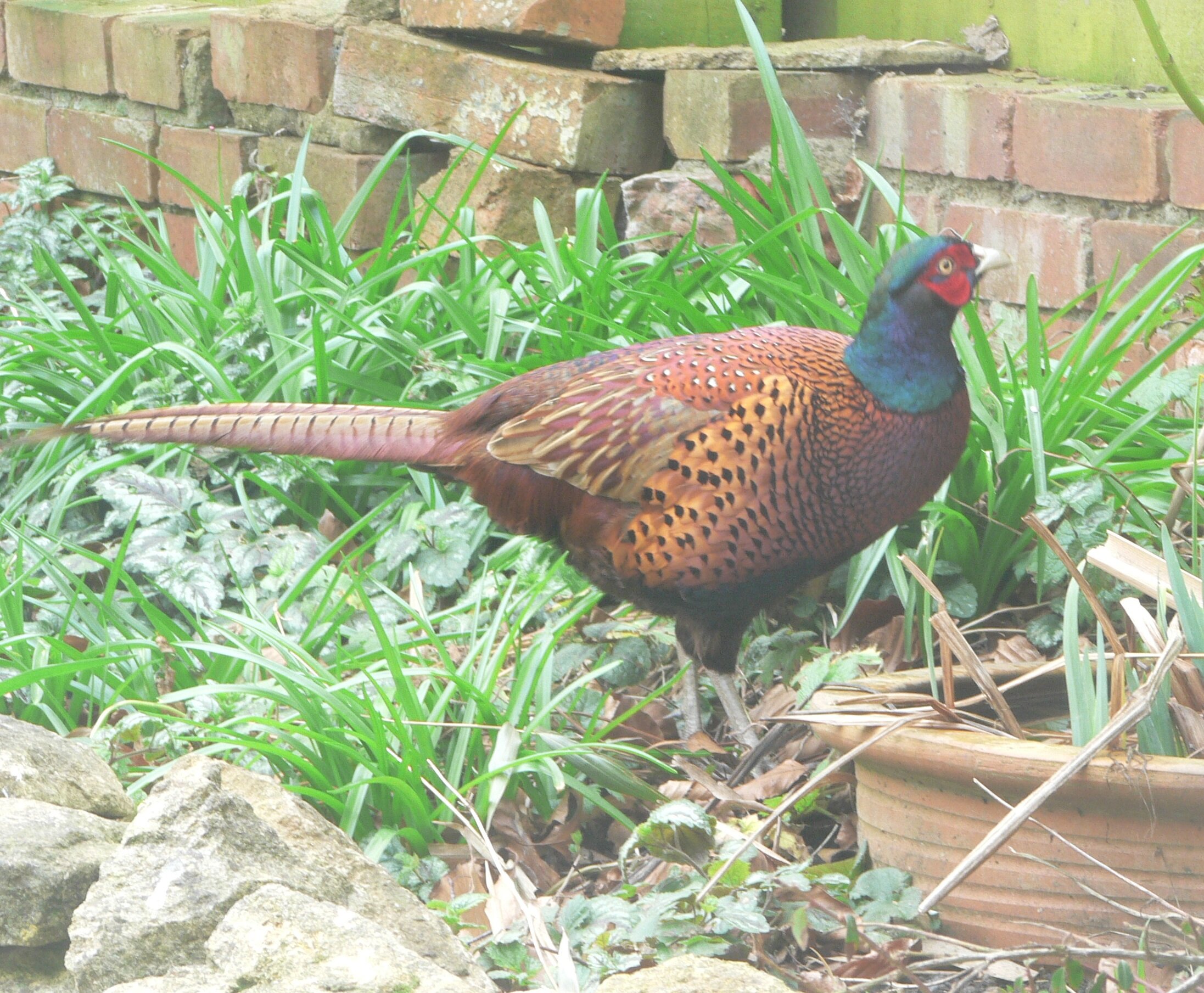It wasn’t warm, but at least there was no rain and it wasn’t blowing a gale, so I was able to put out the moth trap for the first time in a few weeks. This year it seems you have to take your chances when they arrive. It was not a great haul of moths, but a couple of new species. Muslin moth (Diaphora mendica) is a May flier, there were four of these grey/brown males in the trap, but none of the white coloured females. The Puss Moth (Cerura vinula) also flies in one generation from May-July - I have found it’s impressive-looking caterpillars around the village, but not in the garden. Other trapped species were the Spectacle (Abrostola tripartita) caught in the moth trap, and a Cinnabar Moth (Tyria jacobaeae), caught in a nearby spider’s web.











